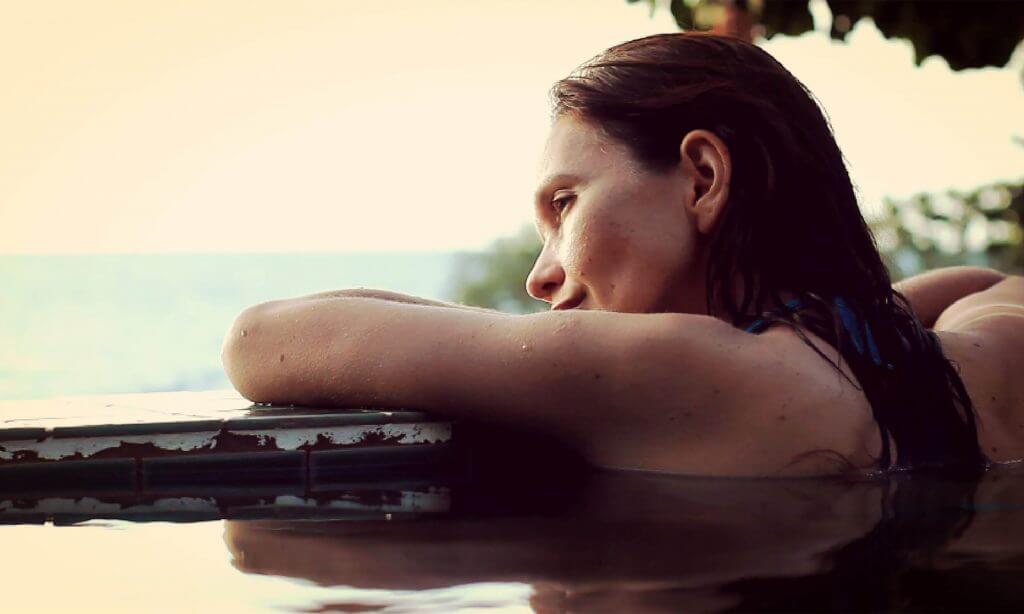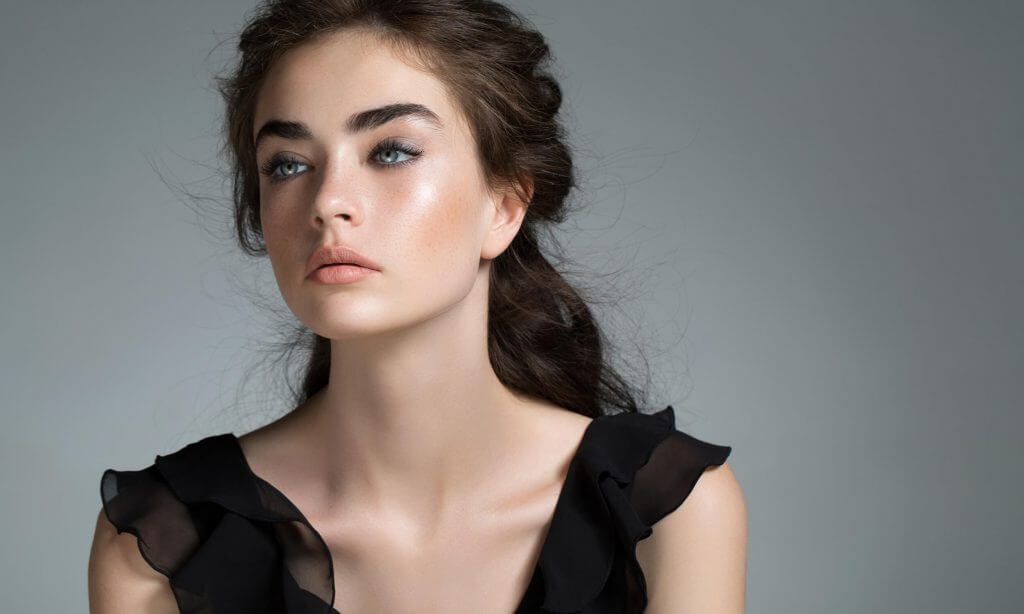5th May 2019
A Guide to a Secondary Rhinoplasty
A secondary rhinoplasty refers to corrective nasal surgery that serves to alter the form and/or function of the nose after an initial rhinoplasty. This is a surgery also referred to as a revision nose job. Secondary aesthetic and reconstructive nasal re-shaping is indicated for cosmetic or functional deformities not properly treated or made worse from the primary operation. Some patients may also choose to undergo a second procedure to address the appearance of an ‘overdone’ rhinoplasty.
When a secondary rhinoplasty is necessary
A second rhinoplasty becomes necessary when it is needed to address imbalances that persist or are newly created by the first procedure. An unforeseen healing complication or improper healing itself may lead to the need for this second procedure in order to ensure facial balance. This being said, a secondary rhinoplasty is typically a much more complicated than the initial procedure, but with an advanced cosmetic surgeon your secondary procedure can also be very successful.
Patient expectations and safety
It is also very important that we work closely with you to manage your expectations. A secondary rhinoplasty can improve the appearance of the nose and ease of breathing, but it’s important to note that risks and unpredictability cannot be entirely eliminated. Realistic expectations and a grounded acceptance of what your ‘new’ nose may or may not look like is essential before we begin any further cosmetic surgery.
You may be considering a secondary rhinoplasty if you have:
- Nasal airway obstruction or difficulty breathing through your nose
- Collapse of cartilage or nasal bones
- Artificial cosmetic appearance or ‘overdone’ nose
- Internal and external nasal valve collapse
- Worsened asymmetry or imbalance with other facial features
- Over reduction or inadequate reduction of the nasal bridge
- The desired change was not met
- Excessive or inadequate tip projection
- Excessively narrowed nose tip or ‘pinched tip’
- Excessive internal and/or external scarring
- These are subject to individual patient needs
Our approach
A secondary rhinoplasty can be achieved through either the ‘closed’ or ‘open’ approaches, depending on your needs. If there are major structural changes to be made, then we may opt for an open approach. The open approach requires an incision in the bridge between the two nostrils in order to gain better access and visibility to the nose structures. Minor corrections may simply require the closed approach using only internal incisions to reach the nose structures. Mr Julian Rowe-Jones of the Nose Clinic is skilled in both of these approaches to revision rhinoplasty, so he will best advise you at your confidential and honest consultation.
Choosing a cosmetic surgeon you trust is essential to you feeling comfortable and confident during your treatment plan. Mr Julian Rowe-Jones is an esteemed surgeon based in Guildford with regular consultancies based in London and Harley Street, and is renowned for his expertise. Book your initial consultation with the Nose Clinic today.






